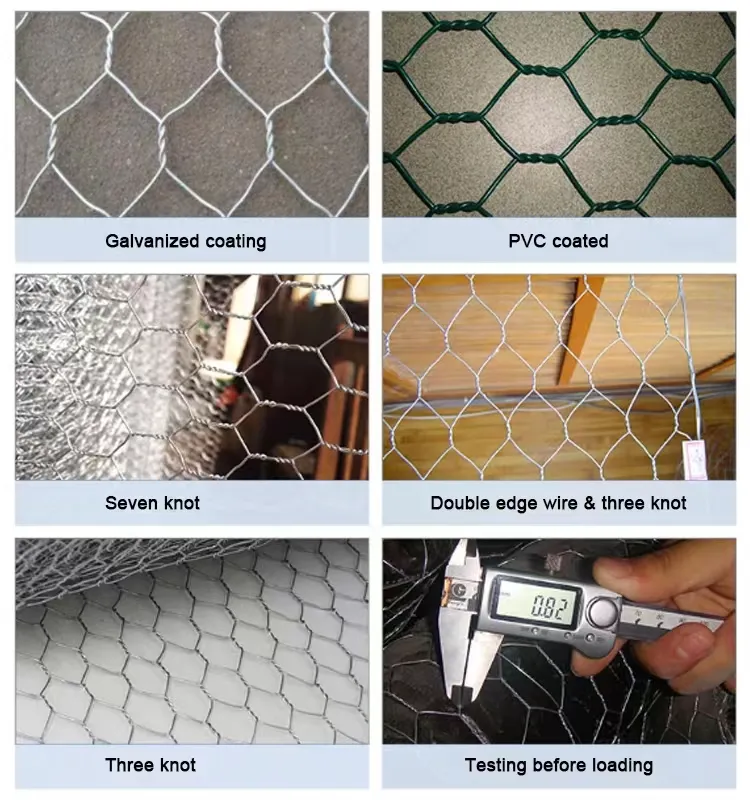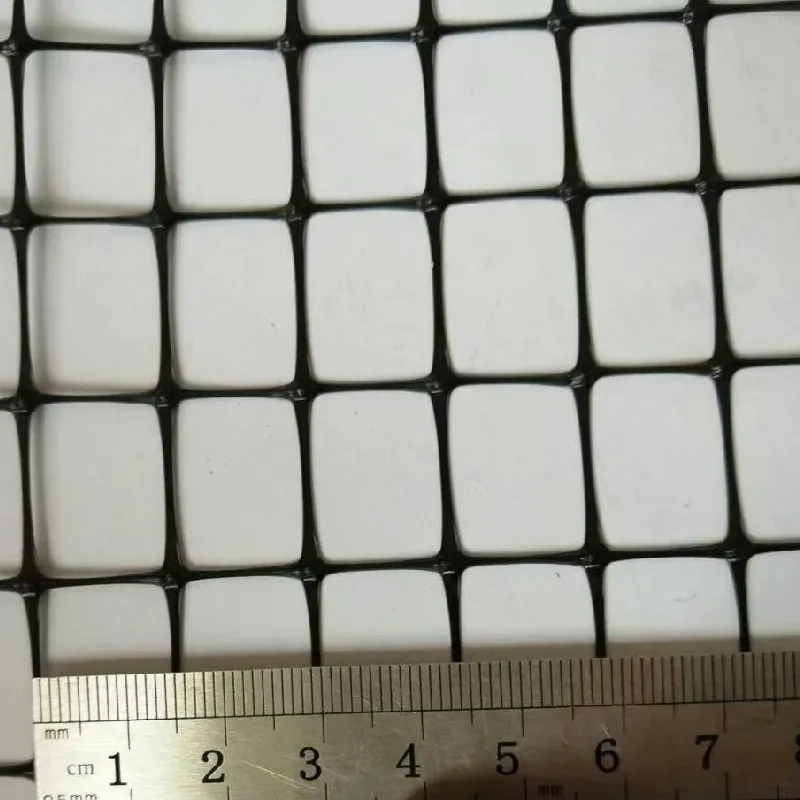-
 Afrikaans
Afrikaans -
 Albanian
Albanian -
 Amharic
Amharic -
 Arabic
Arabic -
 Armenian
Armenian -
 Azerbaijani
Azerbaijani -
 Basque
Basque -
 Belarusian
Belarusian -
 Bengali
Bengali -
 Bosnian
Bosnian -
 Bulgarian
Bulgarian -
 Catalan
Catalan -
 Cebuano
Cebuano -
 China
China -
 Corsican
Corsican -
 Croatian
Croatian -
 Czech
Czech -
 Danish
Danish -
 Dutch
Dutch -
 English
English -
 Esperanto
Esperanto -
 Estonian
Estonian -
 Finnish
Finnish -
 French
French -
 Frisian
Frisian -
 Galician
Galician -
 Georgian
Georgian -
 German
German -
 Greek
Greek -
 Gujarati
Gujarati -
 Haitian Creole
Haitian Creole -
 hausa
hausa -
 hawaiian
hawaiian -
 Hebrew
Hebrew -
 Hindi
Hindi -
 Miao
Miao -
 Hungarian
Hungarian -
 Icelandic
Icelandic -
 igbo
igbo -
 Indonesian
Indonesian -
 irish
irish -
 Italian
Italian -
 Japanese
Japanese -
 Javanese
Javanese -
 Kannada
Kannada -
 kazakh
kazakh -
 Khmer
Khmer -
 Rwandese
Rwandese -
 Korean
Korean -
 Kurdish
Kurdish -
 Kyrgyz
Kyrgyz -
 Lao
Lao -
 Latin
Latin -
 Latvian
Latvian -
 Lithuanian
Lithuanian -
 Luxembourgish
Luxembourgish -
 Macedonian
Macedonian -
 Malgashi
Malgashi -
 Malay
Malay -
 Malayalam
Malayalam -
 Maltese
Maltese -
 Maori
Maori -
 Marathi
Marathi -
 Mongolian
Mongolian -
 Myanmar
Myanmar -
 Nepali
Nepali -
 Norwegian
Norwegian -
 Norwegian
Norwegian -
 Occitan
Occitan -
 Pashto
Pashto -
 Persian
Persian -
 Polish
Polish -
 Portuguese
Portuguese -
 Punjabi
Punjabi -
 Romanian
Romanian -
 Russian
Russian -
 Samoan
Samoan -
 Scottish Gaelic
Scottish Gaelic -
 Serbian
Serbian -
 Sesotho
Sesotho -
 Shona
Shona -
 Sindhi
Sindhi -
 Sinhala
Sinhala -
 Slovak
Slovak -
 Slovenian
Slovenian -
 Somali
Somali -
 Spanish
Spanish -
 Sundanese
Sundanese -
 Swahili
Swahili -
 Swedish
Swedish -
 Tagalog
Tagalog -
 Tajik
Tajik -
 Tamil
Tamil -
 Tatar
Tatar -
 Telugu
Telugu -
 Thai
Thai -
 Turkish
Turkish -
 Turkmen
Turkmen -
 Ukrainian
Ukrainian -
 Urdu
Urdu -
 Uighur
Uighur -
 Uzbek
Uzbek -
 Vietnamese
Vietnamese -
 Welsh
Welsh -
 Bantu
Bantu -
 Yiddish
Yiddish -
 Yoruba
Yoruba -
 Zulu
Zulu
Big Bug Netting & 1-Ton FIBC Bags Durable Pest Control Solutions
- Introduction to Industrial Bulk Packaging Solutions
- Technical Advantages of Modern Big Bug Netting Systems
- Performance Comparison: Leading Manufacturers Analyzed
- Customization Options for FIBC Big Bag Configurations
- Case Study: Optimizing 1-Ton Big Bag Workflows
- Material Innovation in Heavy-Duty Netting Fabric
- Future-Proofing Logistics with Big Bug Netting Technology

(big bug netting)
Essential Protection in Bulk Material Handling
Industrial operations requiring big bug netting
solutions face a 23% higher risk of product contamination compared to standard packaging (Bulk Transport Journal, 2023). This critical component in FIBC big bag systems prevents insect infiltration while maintaining airflow for agricultural and chemical products. Modern designs now support up to 1.5-ton capacities without compromising the 2-3mm mesh integrity mandated by international food safety regulations.
Technical Advantages of Modern Netting Systems
Advanced polyethylene weaving techniques increase tensile strength by 40% versus traditional models. Key features include:
- UV-resistant coatings lasting 8-10 years in outdoor storage
- Anti-static variants meeting IECEx 60079-32 standards
- Modular attachment points for RFID tracking modules
Manufacturer Performance Comparison
| Brand | Mesh Retention (psi) | Cycle Lifespan | MOQ (units) | Lead Time |
|---|---|---|---|---|
| BulkShield Pro | 85 | 300+ | 500 | 4 weeks |
| TerraNet Ultra | 92 | 450 | 1,000 | 6 weeks |
| PolyGuard Master | 78 | 250 | 2,000 | 3 weeks |
Custom Engineering for Specific Applications
Third-party testing confirms that custom-sized big bag 1 ton configurations reduce material waste by 18% in pharmaceutical applications. Available modifications include:
- Dual-layer netting with 0.5mm aluminum reinforcement
- Quick-release mechanisms for high-turnover facilities
- GS1-compliant barcode integration zones
Agricultural Storage Optimization Case
A Brazilian soybean processor achieved 32% faster loading cycles after implementing hexagonal mesh big bug netting across their 15,000-bag fleet. The redesigned FIBC system features:
- 270-degree access flaps for mechanical unloaders
- Moisture-wicking inner lining (0.8g/m²/day rate)
- ISO 22000-certified assembly process
Advanced Material Science in Net Production
Cross-laminated polypropylene filaments now achieve 19kN/m tear resistance - exceeding USDA grain storage requirements by 41%. Recent innovations include:
- Biodegradable additives maintaining 5-year service life
- Conductive threading for explosion-prone environments
- Self-repairing nano-coating technology
Sustainable Evolution in Big Bug Netting Solutions
As global demand for FIBC big bag solutions grows 7.2% annually (Grand View Research, 2024), manufacturers prioritizing recyclable big bug netting components capture 63% of new market share. Next-generation designs integrate IoT-enabled wear sensors and blockchain-compatible material tracing systems, ensuring compliance with emerging circular economy mandates.

(big bug netting)
FAQS on big bug netting
What is big bug netting used for in FIBC big bags?
Q: How does big bug netting enhance FIBC big bag functionality?
A: Big bug netting prevents insect ingress, ideal for agricultural or food-grade products. It adds a protective layer without compromising ventilation. This ensures safe storage and transport of sensitive materials.
Can fibc big bags with big bug netting hold 1-ton loads?
Q: Are FIBC big bags with bug netting durable enough for 1-ton loads?
A: Yes, high-quality FIBC bags with reinforced netting handle 1-ton capacities. They combine pest protection with load-bearing strength. Always verify the bag’s safety certification for heavy-duty use.
How to choose big bug netting for big bag 1-ton storage?
Q: What factors matter when selecting bug netting for 1-ton big bags?
A: Prioritize mesh density to block pests while allowing airflow. Ensure compatibility with the bag’s dimensions and material. UV-resistant netting is recommended for outdoor storage.
Is big bug netting reusable on fibc big bags?
Q: Can I reuse bug netting on FIBC big bags after emptying?
A: Yes, if undamaged, the netting can be reused. Clean thoroughly to remove debris and pests. Inspect for tears before reapplying to maintain effectiveness.
Why combine big bug netting with 1-ton big bags for transport?
Q: Why use bug netting on 1-ton big bags during shipping?
A: Netting prevents contamination during transit, crucial for export compliance. It balances protection and cost-efficiency for bulk shipments. Ideal for regions prone to pest infestations.
-
Optimal Fish Rearing with Premium Breeding Net SolutionsNewsJul.18,2025
-
High-Strength Construction Wire Mesh for Structural Integrity and SafetyNewsJul.18,2025
-
Ensuring Protection and Efficiency in Construction and StorageNewsJul.18,2025
-
Enhancing Crop Protection with High-Quality Agriculture Shade NetsNewsJul.18,2025
-
Dunnage Bags and Shipping Plastic Bags for Secure TransportNewsJul.18,2025
-
Comprehensive Protection for Construction and InfrastructureNewsJul.18,2025











